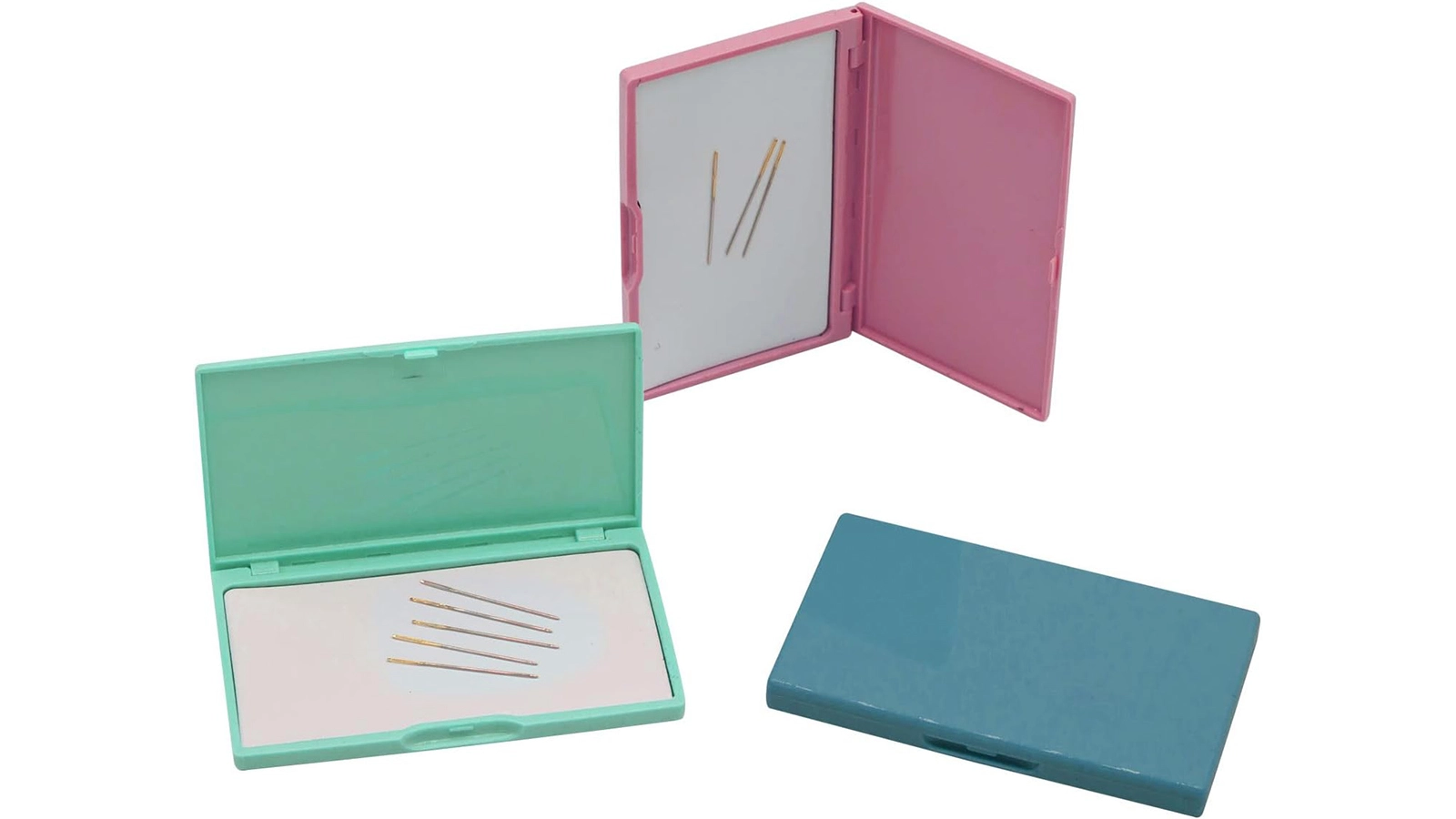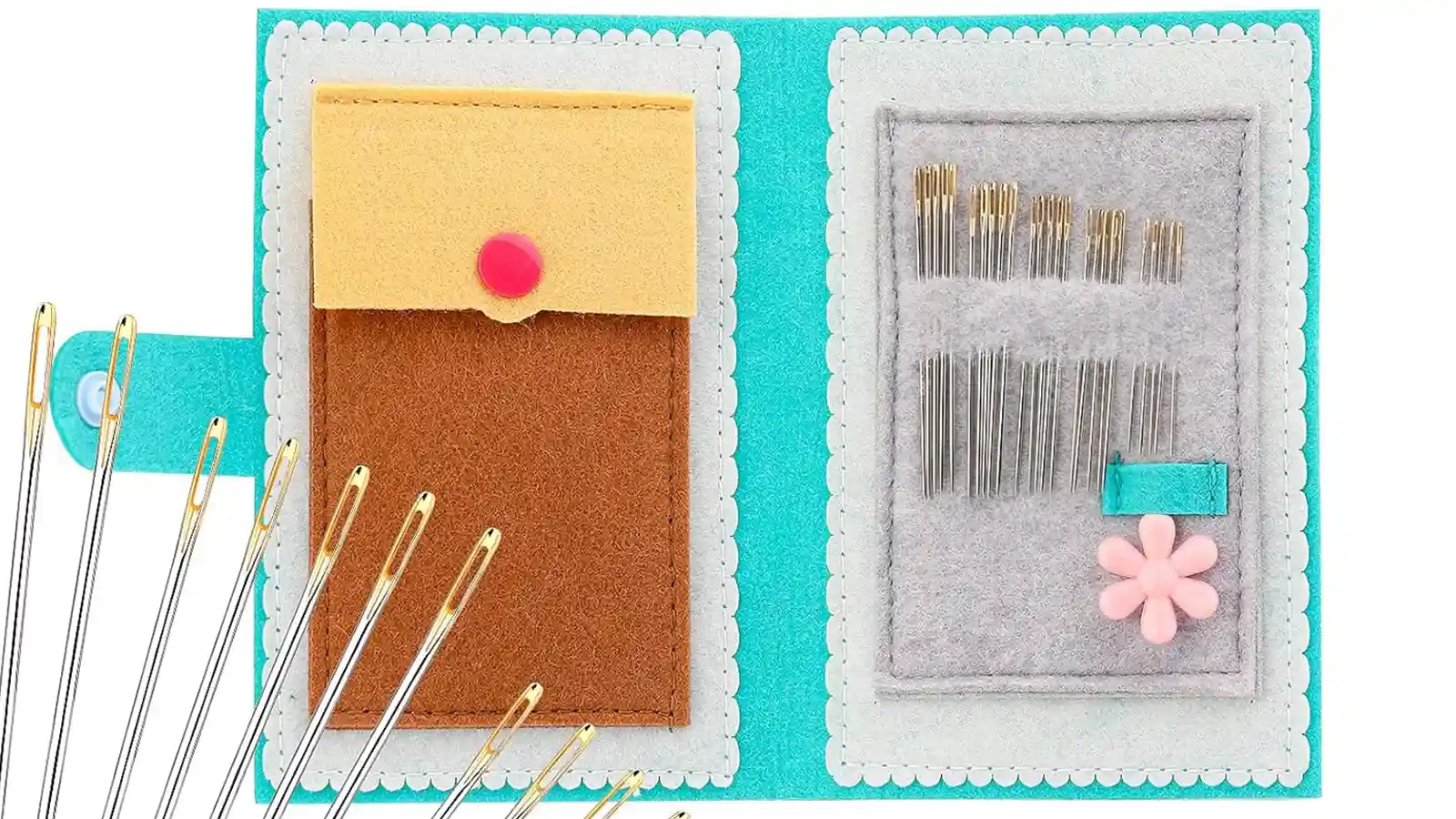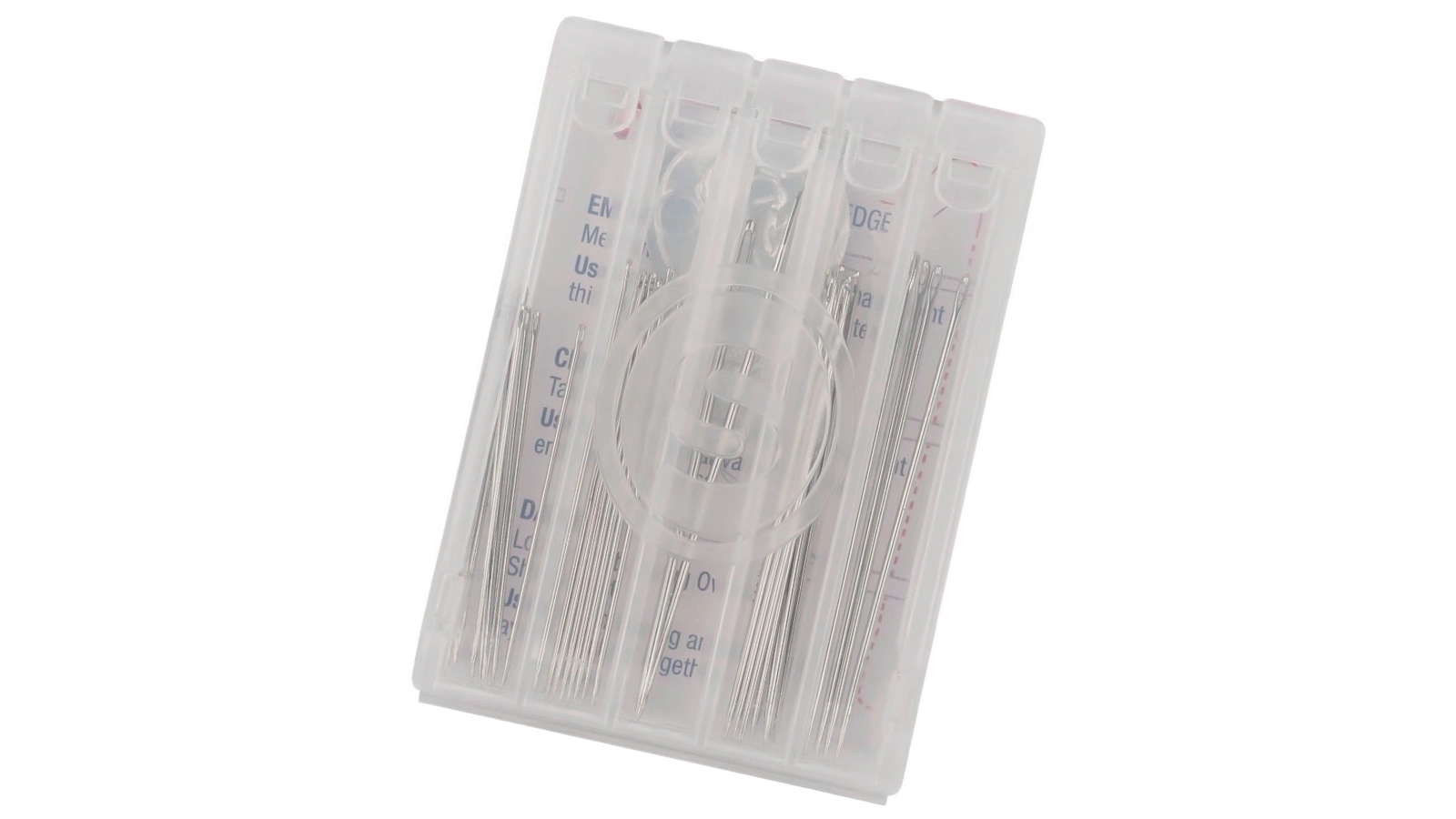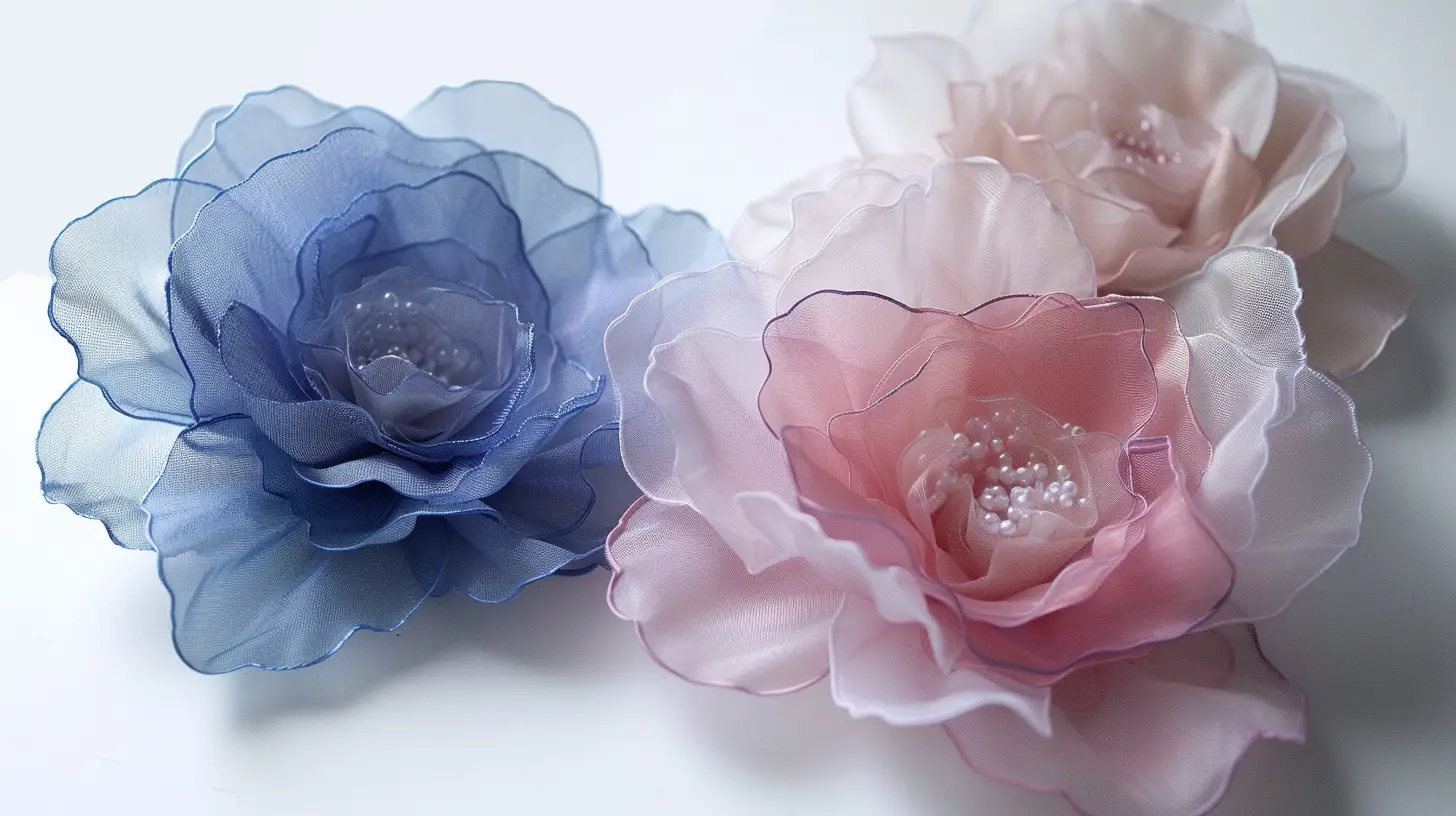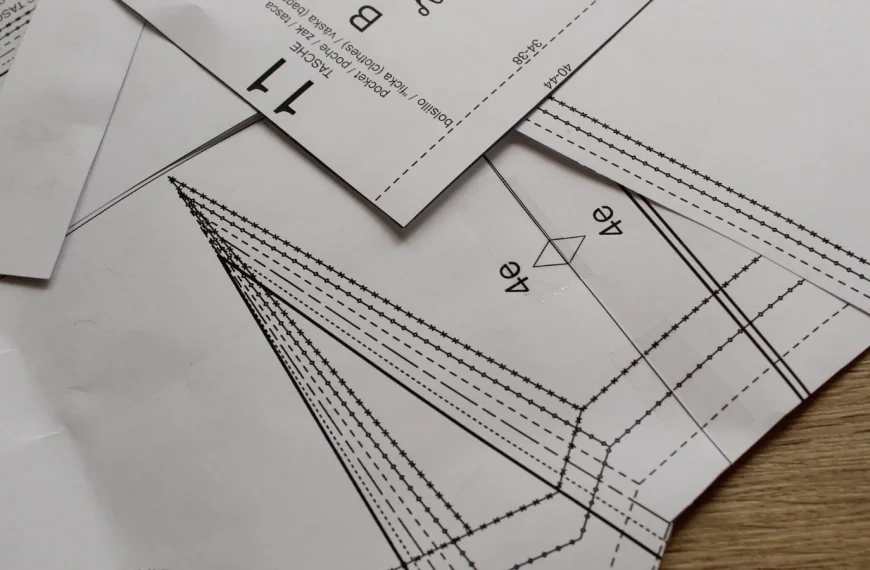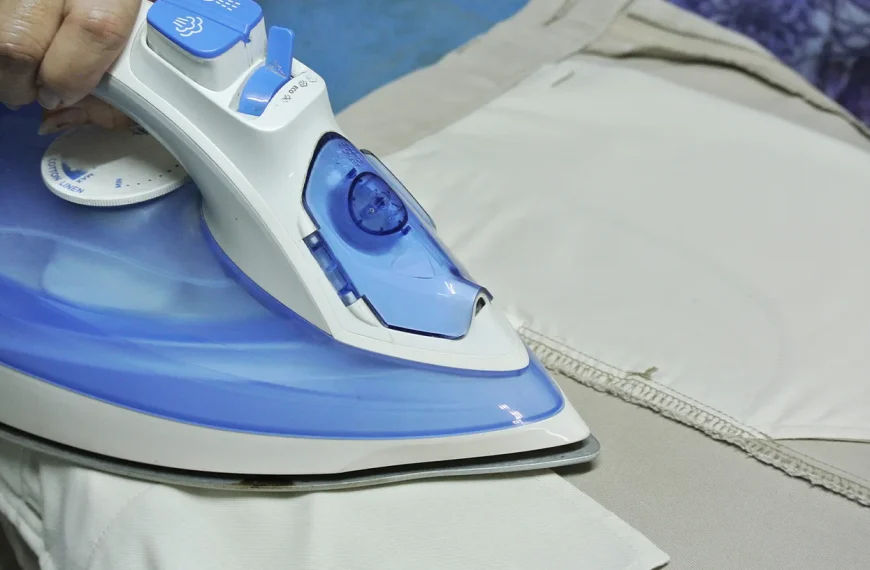As you accumulate more sewing needles, you may wonder how to keep them organized and accessible. You’ve probably experienced the frustration of rummaging through a jumble of needles or accidentally pricking yourself with a stray one.
Properly storing your sewing needles is essential for preserving their quality and your peace of mind. But where should you begin? What storage options are available, and which one is best for you?
Key Takeaways
- Use a designated needle storage container to keep needles organized and prevent loss or damage.
- Store needles away from children and pets to ensure safety and prevent accidents.
- Label storage containers and categorize needles by type, size, or purpose for easy identification and access.
- Keep frequently used needles within reach and store less frequently used needles in a separate area.
- Customize storage containers or use needle books to suit your needs and preferences.
Types of Sewing Needles
As you explore the world of sewing needles, you’ll discover several needle types, each designed for specific tasks.
Hand Sewing Needles
Hand-sewing needles are versatile tools in your sewing arsenal. They come in various types, such as sharps, betweens, embroidery, and quilting needles, each designed to tackle specific tasks precisely.
To ensure you’re using the correct needle for the job, it’s essential to understand that hand-sewing needles are categorized by size numbers, with lower numbers indicating larger needles.
You can organize them by size or type in a designated storage container, keeping them sharp and within reach.
Machine Sewing Needles
Machine sewing needles, designed for specific fabric types and projects, come in various types, including universal, ballpoint, and quilting needles.
When selecting a machine needle, consider the size denoted by numbers. Lower numbers indicate finer needles, while higher numbers represent thicker needles.
The eye shape of the needle is also important, as it accommodates different thread types and thicknesses. You’ll find universal, elongated, and large eyes to suit your project’s needs.
Additionally, specialty machine needles are designed for specific sewing techniques and materials. Selecting the appropriate machine needle is crucial to ensure smooth stitching and prevent fabric damage.
Specialty Needles (e.g., quilting, embroidery)
You need specialty needles tailored to the task when working on specific sewing projects. These needles, such as quilting and embroidery needles, boast unique features that cater to the demands of these precise stitching techniques.
With their tapered points, quilting needles can easily pierce multiple layers of fabric. Embroidery needles have larger eyes to accommodate thicker threads. Both types come in various sizes to suit different fabric types and thread weights.
Factors to Consider When Storing Sewing Needles
When storing your sewing needles, consider a few key factors to ensure your system is safe, organized, and accessible.
Safety
When storing needles, use a designated needle storage container to prevent accidental needle pricks. Keep needles away from children and pets to avoid injuries. Properly dispose of used needles in a secure container, such as a cardboard or pill bottle, to prevent mishaps.
Always cap your needle storage containers securely to prevent spills or accidents. Choose a needle organizer that keeps needles organized and accessible, reducing the risk of mishandling.
Organization
To make your sewing sessions more efficient, organize your sewing needles by labeling storage containers or sections of a pin cushion with needle types or sizes.
You can also use color-coded markings for easy identification and organize needle packs in a specific order, from smallest to largest sizes.
Consider using magnetic needle holders for convenient and space-saving storage. Try different storage methods, such as small containers or labeled pin cushions, to find what works best for your sewing needs.
Accessibility
Store your needles in containers or organizers that offer clear visibility to make your sewing sessions more efficient and enjoyable. Categorize them by type, size, or purpose using labeled sections to keep frequently used needles within reach and less commonly used ones in a designated area for quick retrieval.
How to Store Sewing Needles with 5 Methods
Now it’s time to get organized!
Start by sorting your needles into categories, then decide whether to use needle cases, magnetic needle holders, pin cushions, or needle books to store them.
As you explore these options, you’ll find the method that best suits your sewing needs.
Sorting Needles
You can locate the right needle for your project by categorizing your sewing needles by type.
Start by separating your needles into different categories, such as embroidery, quilting, or sewing. Within each category, organize your needles by size, keeping them in order from smallest to largest.
Consider color-coding or labeling your needle storage containers to identify the type of needle inside. This will ensure that your needles are easily accessible and prevent mix-ups.
Method 1: Using Needle Cases
After sorting and categorizing your needles, you can store them using a needle case. A needle case is a compact storage solution designed to keep your sewing needles organized and easily accessible.
Needle cases come in various shapes and sizes, such as book-style cases, metal tins, or fabric pouches, to suit your preferences. They often feature labeled compartments or slots to categorize needles by type, size, or purpose. Some cases even have magnetic strips or foam inserts to securely hold needles in place.
Method 2: Magnetic Needle Holders
Storing your sewing needles on a magnetic needle holder keeps them within easy reach, allowing you to quickly grab the right one for your project. These small, portable tools use magnetism to securely store your sewing needles, keeping them organized and preventing them from getting lost or mixed up with other supplies.
Magnetic needle holders come in various shapes and sizes, making them versatile for different storage needs. You can attach them to your sewing machine or place them on a magnetic surface, ensuring convenient access to your needles.
Method 3: Pin Cushions

You can efficiently store your sewing needles in a pin cushion. This traditional and popular storage method provides easy access during sewing projects.
Pin cushions come in various shapes and sizes, with tomato-shaped ones being a classic choice for needle storage. You can customize your pin cushion with sections or labels to organize different types and sizes of needles. This helps prevent needle loss and keeps them organized in one convenient place.
Plus, pin cushions can serve as decorative items in your sewing space while serving a practical purpose.
Method 4: Needle Books
A needle book is a clever and customizable storage solution. Follow these simple steps to keep your sewing needles organized and within reach.
You’ll need felt, thread, and basic sewing supplies like scissors and needles. Cut felt pages to create the book’s structure, then attach closures to secure it.
Next, insert needles into the felt pages, labeling each for easy identification. You can customize your needle book by adding fabric strips for needle holders and labels.
This practical storage solution helps you efficiently organize different types of needles, preventing loss and saving time during sewing projects.
Method 5: Compartmentalized Containers
Use compartmentalized containers to keep your sewing needles organized and within reach. These containers are designed to help you manage your sewing needles by size, making it easy to find the right one for your project. With labeled sections, you can store your needles in a sensible way.
This system prevents your needles from getting mixed up or lost, saving you time and frustration. Compartmentalized containers come in various sizes and materials, so you can choose the one that suits your needs.
Conclusion
You’ve now got a solid plan for storing your sewing needles. You can find the one you need quickly and easily by choosing the correct storage container and keeping your needles organized.
This will save you time and frustration, and keep your workspace clutter-free. Proper storage will also help keep your needles sharp and in good condition, improving your sewing projects.
Learn more sewing tips at Longan Craft Blog! Dive into the fabric world with Longancraft!



